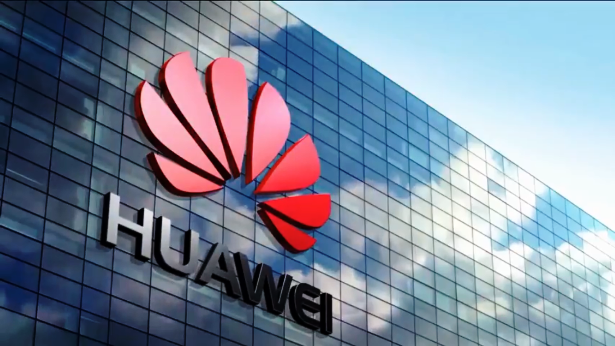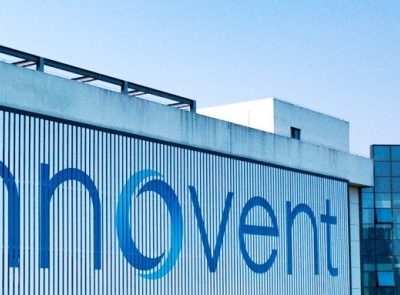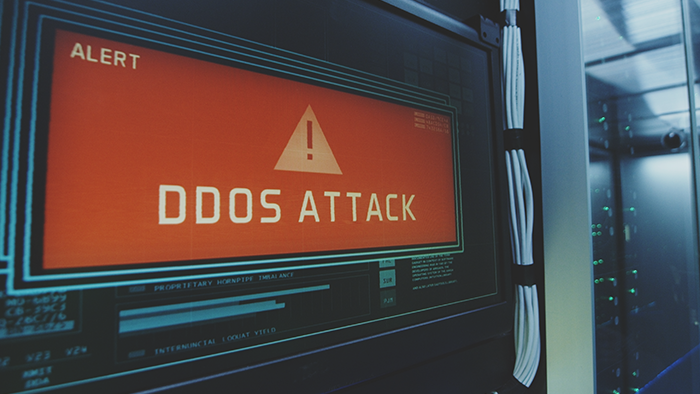Strand Consult asks: Are Huawei´s customers facing supply chain challenges?
As the economy and society comes online, network security and resilience becomes more important. Policymakers want to ensure the integrity of networks and scrutinize the trustworthiness of network equipment vendors. Given established risks, policymakers in many countries have imposed certain restrictions for companies like Huawei and others to access advanced chip technologies.
RELATED: You Are Not Welcome: Analysis of thousands foreign tech companies blocked by China since 1996 – Strand Consult
Setting aside the debate about whether these restrictions are effectively enforced, the question remains whether and how these restrictions hinder Huawei’s ability to build 5G mobile networks and other types of equipment. Indeed, Huawei have adapted workarounds to the restrictions, but it comes with a price. Strand Consult’s new study “Huawei’s supply chain challenges” assesses the situation.
Huawei has stockpiled 7nm chips in expectation of chip restrictions. Speculation has emerged about when Huawei would run out of TSMC chips. TSMC, the world’s most advanced semiconductor foundry, ended its relationship with Huawei, one of its largest customers. The loss of TSMC chip supply is probably Huawei’s top supply-chain problem. Only Samsung and Intel can compete with TSMC technologically, and these companies too face restrictions when it comes to supplying Huawei.
How a Huawei 5G mMIMO base station is built
Strand Consult accessed a teardown of certain Huawei products, examined the components, and then assessed the associated supply chain challenges for Huawei and its customers, notably the Huawei AAU5639w NR Active Antenna – 64T64R 200W 200/200MHz variant. Strand Consult observes certain critical components.
For example, every physical mobile network site needs a baseband unit (regardless of 5G support or older generation). Baseband units need a minimum of two Balong 7 nanometer (nm) chips for most of the typical site configurations. This can go as high as 8-10 chips per site for certain configurations.
Each mMIMO site usually needs three mMIMO units. Operators typically use some 200 hundred MHz bandwidth for 5G deployment across different frequency bands and deploy different kinds of mMIMO units, depending on the site capacity requirement. The most popular deployment is 32T32R mMIMO unit while 64T64R is common for the dense urban deployment scenario. Each mMIMO unit needs a minimum one Tiangang chip (7 nm) for 32T32R configuration and two chips for 64T64R configuration, which translate to 3-6 chips per site respectively.
In practical terms, the chip consumption in each base station is quite extensive. Compared to the number of base stations that an operator uses, it could amount to hundreds of thousands of chips, and in some countries, millions of chips are needed.
Supply chain challenge triggers
At the FT-ETNO event on November 8, 2023, Deutsche Telekom CEO Tim Höttges announced that mobile operators should have access to the chips they need for their networks. We can only interpret this as aimed at the sanctions that have hit a company like Huawei, a large supplier to Deutsche Telekom.
Huawei has stopped introducing “new products/cards” in their basebands and other product lines. Before they unveiled new baseband cards or the next generation of mMIMO units more frequently, and sometimes every 6 months, to leverage the benefits of the latest generation chipsets. That is no longer the case anymore. The last baseband card Huawei introduced was in 2020.
Though Huawei has announced solutions in the meanwhile, the technical elements of these products have not kept pace with the chip evolution.
By contrast, Nokia and Ericsson introduce new cards annually. Nokia introduced 5nm chipsets in their new baseband and mMIMO product family. Ericsson is taking the same route. Both vendors are planning to move to 3nm technology which is available now and incorporated in the latest iPhone. Huawei can’t keep up with this innovation without making their products bulkier and more power hungry, elements which make the products more expensive for mobile operators. The question is how long will mobile operator would use equipment made of 14nm or older chips when it can get the same products running more leanly on 5nm or 3nm chips. That evolution in semiconductors is like a 10 year difference in other technology industries.
In some markets, Huawei has stopped promoting its mMIMO solution. According to our sources Huawei say that 8T8R RRU is good enough. 8T8R RRU doesn’t need 7nm chips. 14nm or older chips are good enough.
As a result, and to justify the argument above, Huawei has increased prices for mMIMO products in some markets and with some customers. This is a way to prioritize customers and ration supply.
There is a similar situation for optical gear (DWDM). Huawei tells customers not to buy 400G capacity and instead promotes 200G capacity as optimal. 400G needs 7nm chips which Huawei doesn’t have. Ciena, Nokia, and other optical vendors support 400G and prepare for 800G and beyond.
Strand Consult also observed in the Huawei teardown at least 3 flash memory chips whose manufacturer is camouflaged. This raises another red flag as to whether the supplier is a restricted or untrusted entity.
Huawei declines to show chip roadmaps to customers specifically for 7nm and below, downplaying the importance of latest generation chipsets. It’s ironic that Huawei, which earlier branded itself as the technological leader, now claims that having the latest chips doesn’t matter. This is like telling your kid that the iPhone7 is a fine gift for Christmas, when everyone knows the 15th version has been released.
What Huawei tells the media
In “Huawei Can’t Get Chips Off the Shelf”, Huawei CTO Paul Scanlan told SDX Central last year that access to critical components is key for any RAN vendor, but especially for Huawei which continues to struggle amid ongoing sanctions that limit its ability to acquire specialized silicon and other inputs. “It is a challenge. It’s going to continue to be a challenge when you can’t get access to certain types of components,” Scanlan said.
While software can help compensate for some requirements that determine the weight and size of radios, Huawei’s inability to access a 7-nanometer chip means it must substitute two or three 14nm or 22nm chips in exchange. This makes a big difference in the footprint of the product, the CTO explained.
“You don’t need a 7-nanometer chip to make a good radio base station, but you do need very good material science. Because weight is a significant problem for the operator,” Huawei CTO Paul Scanlan said.
“You want to make the thing lighter and smaller physically because light and small contribute directly to the site rental and the site-installation costs. And of course, you still want to focus on the most important part, which is year-on-year reduction of power consumption, and either getting the same performance or better performance,” he added.
For an everyday example of the difference between 7nm chip versus earlier generation, consider the power of an automobile engine with 600 horsepower (hp). Try putting three 200 hp motors into a car instead of one with 600 hp. Naturally the three 200 hp motors will require more space and energy in the car than the single 600 hp motor.
Another Huawei Workaround
At Mobile World Congress in 2023 and subsequently in Dubai, Huawei launched a concept called Extremely-Large antenna array.
In practical terms, Huawei is trying to compensate by adding more antennas into one unit. However, this is not a seamless, elegant solution to overcome the latest chip access challenge. The Extremely-Large antenna solution makes the antenna too big to deploy on top of some sites and will require additional permitting, higher rent, and more maintenance. Huawei still claims that more than 100,000 of these stations have been deployed. This claim is hard to verify, but it is possible that such architectures exist in China only.
Once you increase the number of Antenna elements, you need to increase the size of the Antenna due to minimum space requirement in between Antennas and that space depends on frequency band. The higher the frequency, the lower the space. Hence this type of antenna is extremely bulky, especially for lower spectrum bands and makes the overall site solution extremely complex. Typically, operators use a mix of frequency bands from low, mid, to high.
The investigation suggest that Huawei will have challenges with other product lines:
A full assessment of Huawei in mobile networks requires more than the discussion of mobile RAN. Huawei markets other products and services to telecom operators. The restrictions will likely impact other Huawei business lines including but not limited to:
- Mobile RAN – Special mMIMO and MIMO
- WDM Wavelength Division Multiplexing
- Core network solutions
- AI solutions
- Cloud solutions
- Server business
Strand Consult has studied network equipment rollout in dozens of countries and published reports about the percentages of such equipment by type and vendor over some years. These reports are vital for policymakers, press, and the public to understand and develop policy. Huawei is probably unhappy for these reports, however it has not contacted Strand Consult to with any clarifications or corrections.
You can request Strand Consult’s new research “Huawei´s supply chain challenges” which address’s Huawei’s chips challenges































